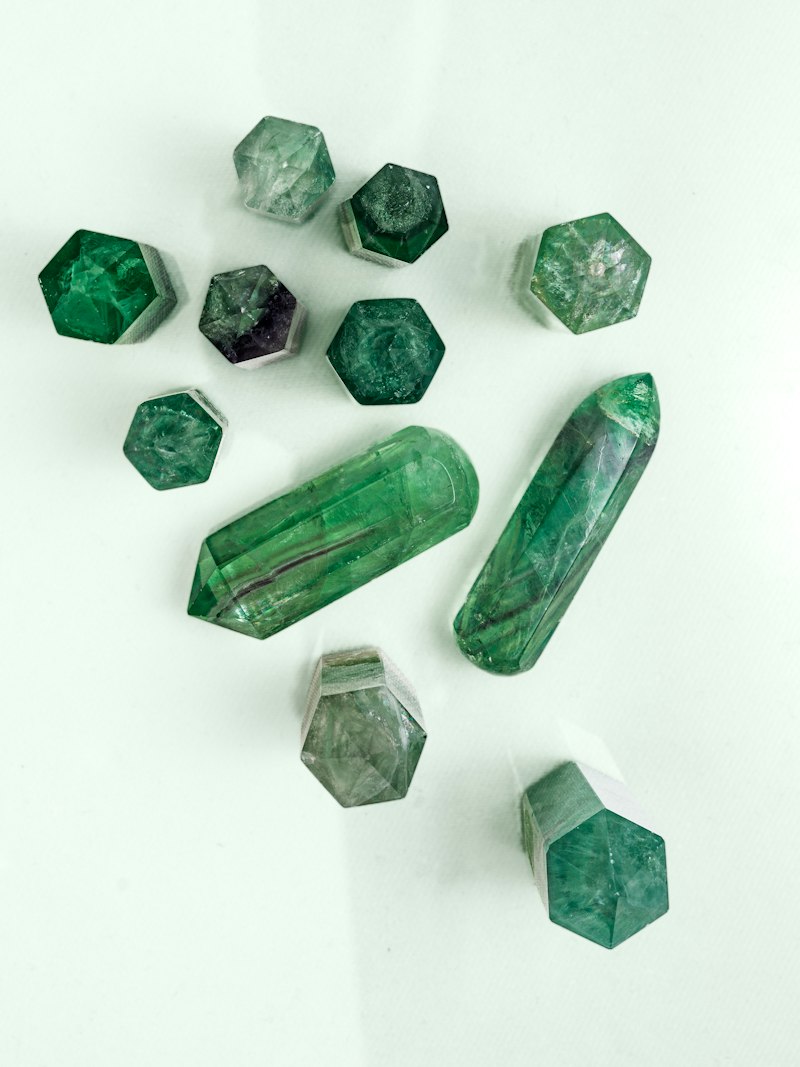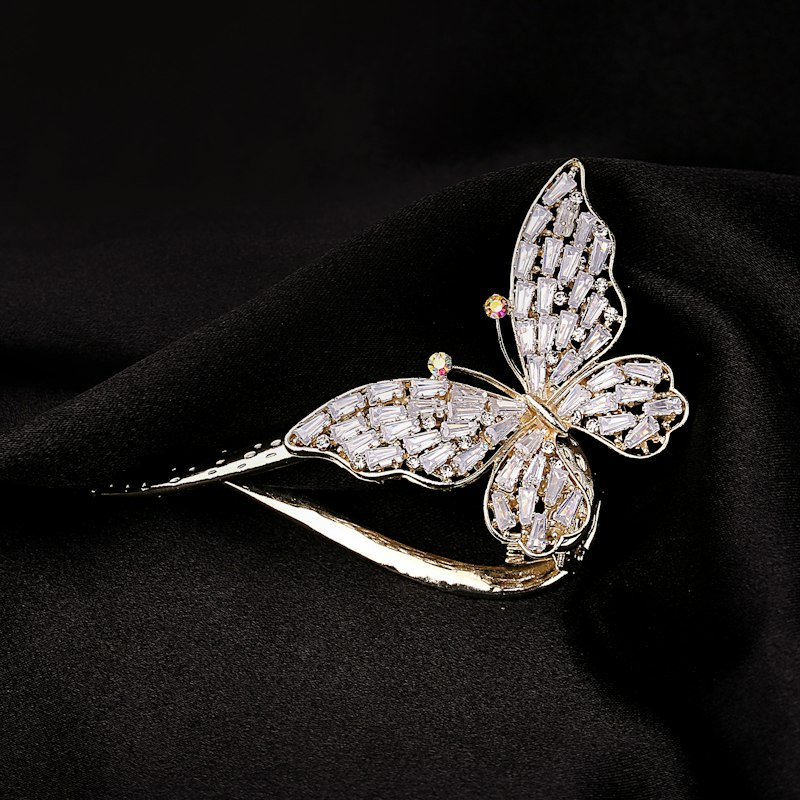Gemstone Tales of the Indus Valley Civilization
Can you imagine a civilization that thrived thousands of years ago, yet left behind a legacy that still captivates our imaginations? Welcome to the mysterious world of the Indus Valley Civilization, where gemstones played an enchanting role in their culture and beliefs. Let’s dive into the fascinating gemstone tales that have been unearthed from this ancient civilization.
The Indus Valley Civilization, dating back to around 3300 BCE, was one of the most advanced civilizations of its time. Situated in present-day Pakistan and northwest India, it boasted well-planned cities, sophisticated drainage systems, and remarkable craftsmanship. And when it came to gemstones, they held a special significance.
One of the most prominent gemstones found in artifacts from this era is lapis lazuli. Renowned for its mesmerizing deep blue color flecked with golden pyrite, lapis lazuli was highly valued by the Indus people. They believed it had celestial connections and adorned themselves with lapis lazuli jewelry, considering it a symbol of power and prestige.
Another precious gemstone that fascinated the Indus Valley Civilization was carnelian. Known for its vibrant orange-red hue, carnelian was associated with vitality and courage. It was often used to create intricate beads and amulets, which were worn as protective charms against evil forces and to bring good luck.
Turquoise, with its striking blue-green shade, also held a significant place in the hearts of the Indus people. They admired its beauty and believed that turquoise possessed healing properties. This gemstone was particularly cherished by the rulers, who wore it as a symbol of divine protection and authority.
The Indus Valley Civilization’s reverence for gemstones extended beyond their aesthetic appeal. They attributed mystical qualities to these precious stones, considering them conduits of spiritual energy. Gemstones were believed to connect the earthly realm with the celestial, acting as intermediaries between humans and the divine.
As we unravel the secrets of the Indus Valley Civilization, their fascination with gemstones becomes a gateway to understanding their rich cultural heritage. These gemstone tales transport us back in time, allowing us to glimpse the belief systems and values that shaped this ancient civilization.
In conclusion,
Gemstone Tales of the Indus Valley Civilization offer us a window into a bygone era, where gemstones held deep spiritual significance and were embraced as symbols of power, protection, and divinity. The allure of lapis lazuli, carnelian, turquoise, and other precious stones continues to inspire awe, reminding us of the enduring legacy of this remarkable civilization.
Uncovering the Mystery: Gemstone Treasures Unearthed from the Indus Valley Civilization
Have you ever wondered about the secrets hidden beneath the sands of time? The enigmatic Indus Valley Civilization holds a treasure trove of ancient wonders, and among them, gemstones that captivate with their allure. Journey with us as we delve into the mysteries surrounding the gemstone treasures unearthed from this ancient civilization.
In the heart of the Indus Valley, archaeologists discovered an astonishing array of gemstones, each holding a story waiting to be told. These precious stones, such as lapis lazuli, carnelian, and jasper, were not only valued for their aesthetic beauty but also held deep cultural significance. They were believed to possess mystical properties and were used in rituals and ceremonies.
One of the most prized gemstones found within the Indus Valley Civilization is lapis lazuli. With its deep blue hue reminiscent of a cloudless sky, lapis lazuli was highly sought after by the ancient inhabitants. This magnificent stone would be fashioned into intricate jewelry pieces and decorative artifacts. Its timeless appeal has endured through the ages, still captivating admirers today.

Jasper, with its earthy tones ranging from red to brown, held symbolic significance for the people of the Indus Valley. This gemstone represented strength and stability and was widely used in talismans and seals. Its mesmerizing patterns and natural variations made it a highly desirable material for ornaments.
As we uncover the gemstone treasures from the Indus Valley Civilization, we are transported to a time when craftsmanship and symbolism reigned supreme. These gemstones, carefully chosen and cherished by our ancient ancestors, continue to inspire awe and wonder. They serve as a testament to the rich cultural heritage of the Indus Valley Civilization.
Gemstones and Ancient Civilizations: The Enigmatic Role of Precious Stones in the Indus Valley
Have you ever wondered about the captivating allure of gemstones? These dazzling treasures from the depths of the Earth have fascinated mankind for centuries, playing a mysterious and enigmatic role in various ancient civilizations. One such civilization that holds a special place in history is the Indus Valley civilization. Let’s embark on a journey through time and explore the intriguing relationship between gemstones and the ancient dwellers of the Indus Valley.
In the ancient Indus Valley, gemstones were more than just beautiful adornments; they held significant cultural, religious, and symbolic meanings. The people of this civilization believed that gemstones possessed spiritual powers and could influence their daily lives. They adorned themselves with these precious stones as talismans or amulets, hoping to ward off evil spirits, bring good fortune, and enhance their overall well-being.
Among the most revered gemstones in the Indus Valley were lapis lazuli, carnelian, agate, and jasper. Lapis lazuli, with its deep blue hue resembling the night sky, was highly valued for its association with spirituality and the divine. It was used in amulets and seals, reflecting the belief in its protective properties.
Carnelian, with its vibrant reddish-orange color, was also popular in the Indus Valley civilization. This gemstone was often carved into intricate beads and seals, symbolizing vitality, courage, and protection against negative energies. It was believed to bring inner strength and promote harmony in relationships.
Agate and jasper, with their rich earthy tones and unique patterns, held great significance too. These gemstones were associated with fertility, abundance, and grounding energies. They were fashioned into beads, pendants, and decorative objects, adorning both men and women in the Indus Valley.
The use of gemstones extended beyond personal adornment. They were also employed in religious rituals and ceremonies. The ancient Indus Valley people crafted elaborate statues and sculptures using gemstones, symbolizing their connection with the divine. These precious stones were considered offerings to appease deities and seek their blessings.

Jewels of the Past: Exploring the Fascinating Gemstone Trade of the Indus Valley Civilization
Step back in time and uncover the captivating world of the Indus Valley Civilization’s gemstone trade. Delve into a realm where precious jewels adorned the lives of ancient societies, leaving behind a legacy that continues to mesmerize us today. Join us on an enchanting journey through history as we explore the jewels of the past.
The Indus Valley Civilization, flourishing around 2600 to 1900 BCE, was renowned for its sophisticated trade networks and advanced craftsmanship. This ancient civilization, located in present-day Pakistan and northwest India, held a deep fascination for gemstones. Gems such as carnelian, agate, jasper, lapis lazuli, and turquoise were highly prized and played a significant role in their society.
Gemstones held immense spiritual and symbolic importance to the people of the Indus Valley. They believed that these dazzling gems possessed mystical powers that could bring good fortune, ward off evil spirits, and provide protection. Gemstones were not only worn as adornments but were also used in religious rituals and ceremonies.
The Indus Valley Civilization had access to a wide range of gemstones due to its strategic location along major trade routes. Precious stones were sourced from distant lands, including Afghanistan, Iran, and Central Asia. Traders would travel far and wide, braving treacherous terrains and harsh weather conditions, to acquire these coveted treasures.
One particularly revered gemstone during this era was lapis lazuli. Known for its deep blue color and golden flecks, lapis lazuli was considered a symbol of royalty and power. It was often used in the creation of intricate jewelry pieces, decorative objects, and even in mural paintings.
Another gemstone that held great significance was carnelian. With its vibrant orange-red hue, carnelian was associated with vitality and courage. It was believed to bring prosperity and protect against misfortune. The Indus Valley artisans skillfully crafted carnelian beads and amulets, adorning both men and women.

As we stand in awe of the remnants of this ancient civilization, let us remember the indelible mark they left on the world of gemstones. Their fascination with these jewels of the past continues to inspire modern jewelry designs and serves as a reminder of the enduring allure of gemstones throughout the sands of time.
The Indus Valley Gems: An Astonishing Collection Sheds Light on Ancient Lapidary Techniques
Have you ever wondered about the remarkable lapidary techniques used by ancient civilizations? The Indus Valley Gems, an extraordinary collection of jewelry and gemstones, unveils the secrets of these ancient craftsmen. Immerse yourself in a journey through time as we explore the fascinating world of lapidary artistry.
Within this awe-inspiring collection, one can find an array of exquisite gemstones that showcase the unparalleled craftsmanship of the Indus Valley civilization. These gems were not only appreciated for their beauty but also held significant cultural and religious value. From delicate carvings to intricately engraved patterns, each piece tells a unique story of skill and artistry.
The lapidary techniques employed by the artisans of the Indus Valley were truly remarkable. They mastered the art of cutting and shaping gemstones with extraordinary precision, transforming raw materials into stunning works of art. Their attention to detail and commitment to perfection are evident in every facet and curve of these magnificent gems.
What makes the Indus Valley Gems even more fascinating is the range of materials utilized. While diamonds and rubies may be the first gemstones that come to mind, this collection showcases the mastery of lapidary techniques on a diverse selection of stones. From lustrous pearls to vibrant emeralds, from mesmerizing amethysts to captivating agates, the Indus Valley Gems encompass the entire spectrum of natural beauty.
The importance of lapidary artistry in the Indus Valley civilization cannot be overstated. It was not merely a craft; it was a form of expression, a celebration of beauty, and an essential part of their cultural identity. The collection provides us with a glimpse into the lives of these skilled craftsmen and the significance of gemstones within their society.
As we delve into the world of the Indus Valley Gems, we are transported to a time where artistry and craftsmanship flourished. The collection serves as a testament to the skill and ingenuity of ancient lapidary techniques. It inspires us to appreciate the beauty that lies within natural gemstones and the profound impact they had on the civilizations that came before us.


